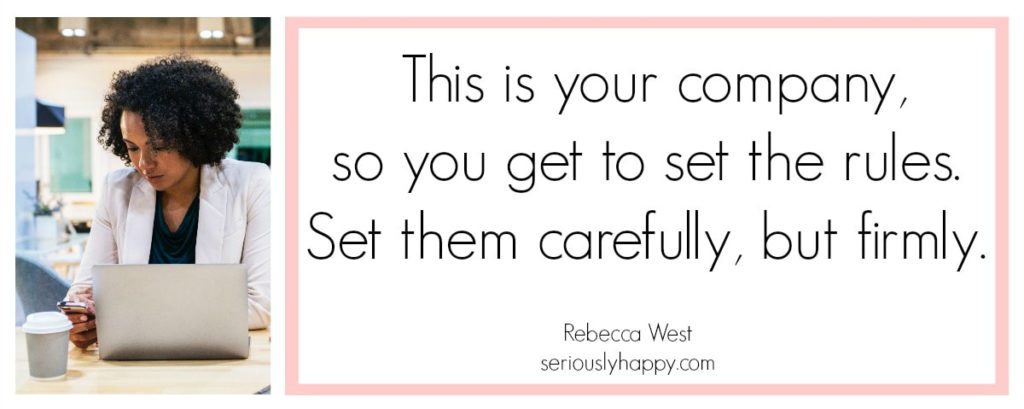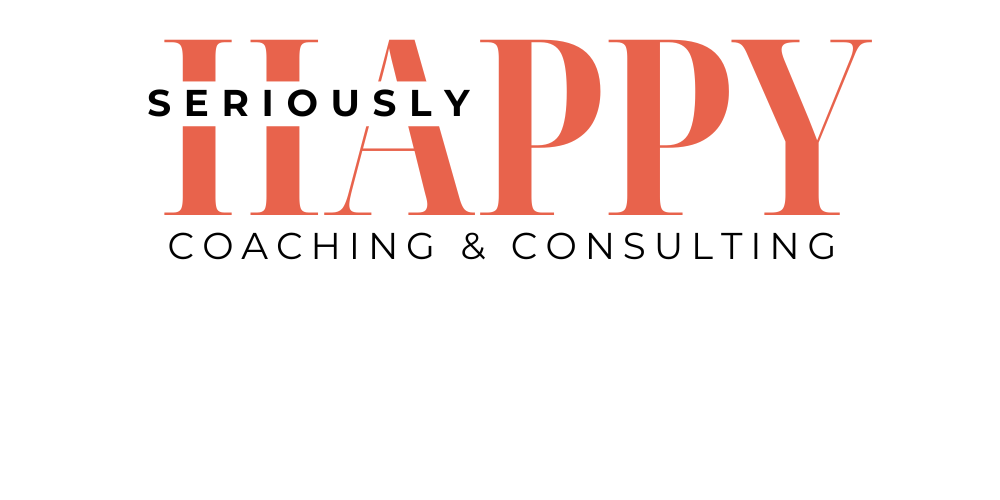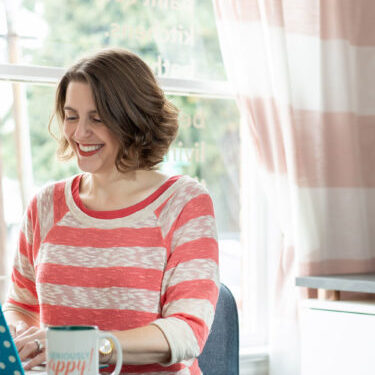Rules & boundaries that serve you *and* your clients.

You know that moment when things are going great with your interior design client, and then they throw a question at you that you didn’t expect? Here’s a great formula for dealing with this kind of sticky situation.
A colleague of mine was about to go on a shopping trip at a local design center to make some furniture selections with her client. The client asked if she could bring along a friend who happened to be looking for some new chairs.
No big deal, right?
Well… No big deal, except for the fact that you know that “having a friend along,” especially one with their own shopping agenda, could:
- potentially bring in “helpful” opinions that *don’t* constructively help your client make decisions for their home
- make the shopping trip take twice as long, meaning that everyone is exhausted and not in a good condition for making design decisions
- put you in an awkward situation working for free (especially if you are working for a flat fee with your client)
How would you handle that question?
As you think about that, remember two important things: First, *you* are in charge here. Since this is your company, you get to set the rules. Set them carefully, but firmly. Second, there is no one right answer. For some designers the answer would be “Sure! The more the merrier!” For some – “No way! If someone wants my time, expertise, and access, they’d better be paying for it!”

The right answer is probably in the middle of “sure!” and “no way!”
If this were my client I’d want to set some expectations around what it might look like to “bring a friend,” and establish clear parameters for how the shopping trip will be used. This is important both to make sure that I won’t be working for free (this is a job after all, not a hobby), and also to make sure that my client’s project progress isn’t derailed (efficiency is a key value for me and my company!!).
Here’s how I’d answer the client who asked to bring along a friend:
“Of course, she’s more than welcome to come if you’d like her to be part of our design conversation for your space! However, if she’s looking to shop for her chairs it would be better for us to set a dedicated date and time for that. I find it’s best to shop one project at a time so we can give each project the focus it deserves. That said, if you’d like to double up we can certainly do that, I’ll just need to put together a shopping agreement with her and add a bit more time for our shopping trip. Do you know if she’d like to buy through me, or pay a simple shopping fee?”
I practiced three important techniques:
1) I approached it with positivity and a “yes.” The more we can start with a “yes” the more the listener will be open to our words, *and* the better we will feel about delivering the information!
2) I helped my client think through the possible consequences. It’s likely that the client hasn’t thought through the possible ramifications of the idea. They probably just think it’ll be fun and a quick way to help a friend. If you think otherwise, simply share that information with them.
3) I established that money would be a part of the conversation. Like I said, this is a career, not a hobby, so lead with the money conversation so that you don’t end up having to deal with it during or after the shopping trip (awkward!!). If you don’t establish what things will cost *before* the event, you either have to work for free, or face an uncomfortable conversation that leaves everyone feeling unhappy.
When dealing with any sticky situation, first take a breath and suspend judgment – assume that your client simply doesn’t understand that this could be disruptive. Then, second, think through the outcome you want – and *why* – then find a positive way to articulate that and establish clear expectations based on your ground rules.
Handle any challenging conversation like that and you’ll be seen as a friendly, approachable, positive person as well as a professional who knows that best process for getting the design work accomplished.
Client relationships are the most important thing in an interior design business, and your best clients often come by referral. That said, we also owe it to our clients (and ourselves) to manage the relationships so they stay professional and productive. Clear communication and good ground rules keep everyone happy.
Good luck out there!

Hi! I’m Rebecca!
When I closed my design biz to move to Paris I discovered how hard it was for me to refer my clients to other designers because I couldn't tell what the designer did, who they did it for, or what they delivered!
Now I'm on a mission to help designers nail their niche and set clear client expectations.
It's all about being able to clearly communicate what you do, who you do it for, what they should expect, and what they'll get, and it's the #1 key to getting hired by clients you love to work on projects you're proud of!

